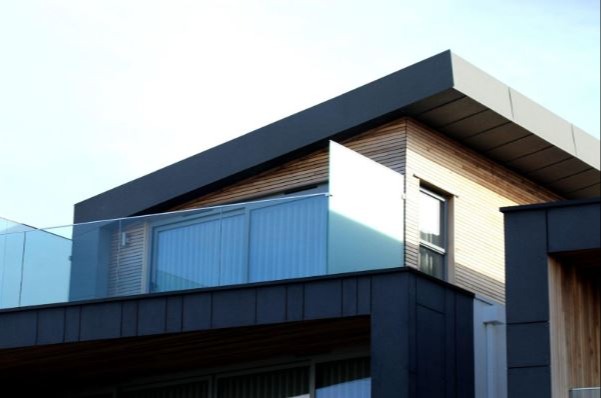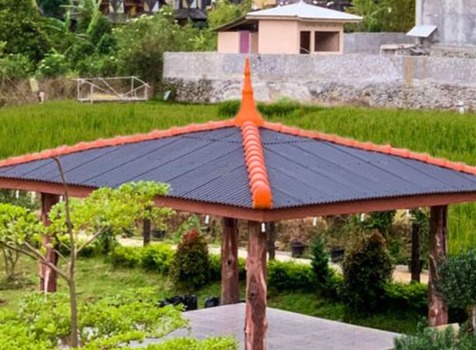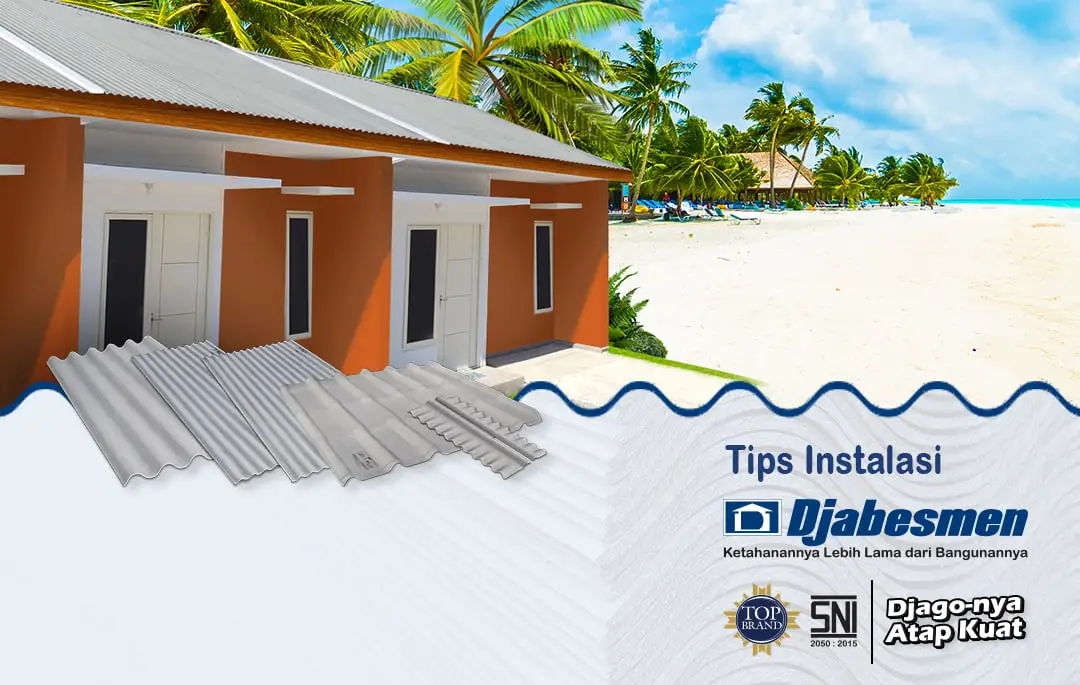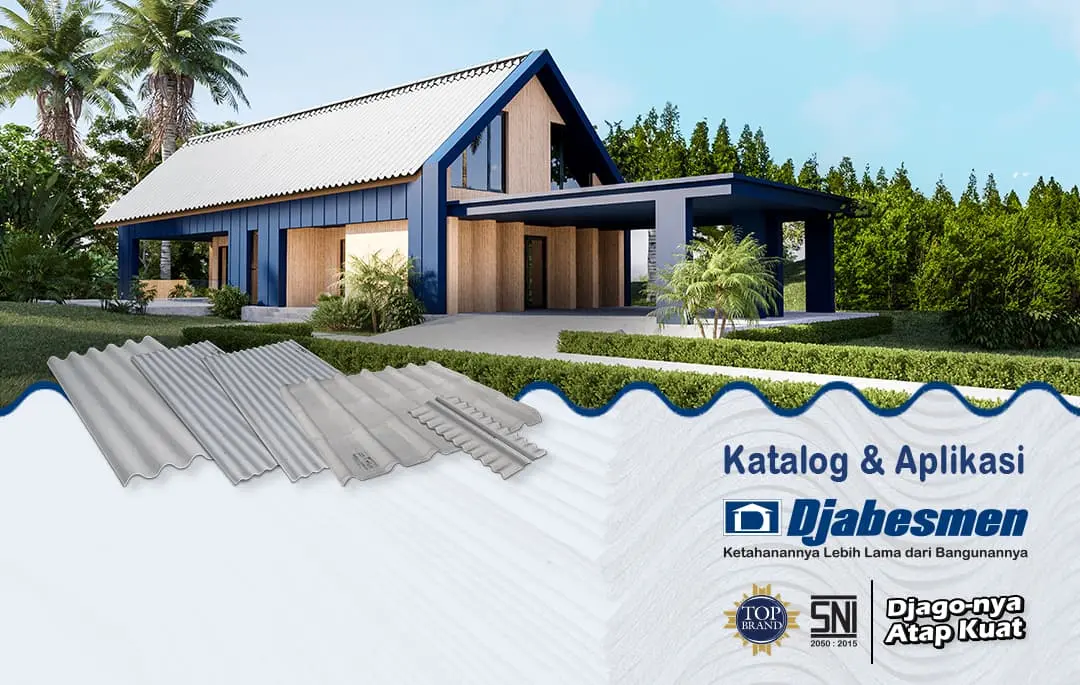5 Causes and Ways to Overcome Roof Leaks

Roof leaks must be repaired immediately so that rainwater does not infiltrate the room and damage the furniture in the house. The infiltration area will get wider if it is not fixed right away. As a result, you won't feel safe leaving the house in the rainy season.
That's why you should immediately repair roof leaks, before the condition gets worse. The first thing that needs to be done is to find out the source and cause of the leaks.
By examining the roof of the house to identify the potential of broken tiles, open gaps, or other forms of damage.
Causes of Roof Leaks
Roof leaks are problems that is often experienced by residents in the rainy season. Because when it rains, the new home owner can realize that there is damage to the roof. Or realize that the roof installation was improper.
There are several things that may cause roof leaks, including:
● Heavy rain
New roof leaks might occasionally happen when there is windy rain that is particularly intense. Rainfall occurs at an angle or slope. Ultimately, water seeps into the house through the holes and cracks in the roof.
On the other hand, water does not penetrate the roof during light rain. Even so, you should continue to inspect the roof because that is where the leak is coming from. Add liquid coating after that so that the roof can be sealed once more.
● Age of the Roof
Continual temperature swings from hot to cold might eventually harm roofing materials. If the tiles are used for a long period of time, they may crack.
But there are several roof types that, although being brand-new, are nonetheless susceptible to damage. Poor-quality roofing materials are mostly to blame for this. This type of roof cannot overcome weather changes.
● Improper Roof Installation
Roof leaks can also be caused by improper roof installation. When tiles are improperly installed, the roofs of the home will have gaps between them and the tiles could easily slide.
The gaping cracks will eventually allow water to flow freely when it rains. Thus, you should hire a handyman who has experience in roof installation.
● Improper Tilt Angle
Due to the frequent rain in Indonesia, sloped roofs are a common feature of homes here. So that rainwater that lands on the roof can pour down to the ground.
It turns out that a roof that is not exactly at the appropriate angle can lead to leaks. The roof of the home should ideally slope upward by 10-15 degrees or more. Rainwater will have a more difficult time reaching the ground if the slope of the roof is smaller.
Certain portions of the roof may become stagnant with water, which could then seep inside the house. finally caused the house's roof to leak.
● Gutters Clogged with Dirt
Gutters are artificial channels installed near the roof. Serves as a place to accommodate rainwater that falls from the roof. Then drain it to the bottom of the house or the ground.
If the gutters are clogged with dirt such as dry leaves and ratings, the flow of rainwater will be hampered. This is what makes rainwater stagnate in the gutters.
Over time, the stagnant water will enter the cracks or gaps in the roof of the house.
That's the cause of roof leak of the house. Knowing the causative factors will make it easier for you to deal with the source of the roof leak. And can help you take steps to prevent the roof from leaking.
The key is to do routine inspection of the house's roof for damage. In order to check that no roof component is leaking, moving, fractured, or otherwise compromise.
How to Overcome Roof Leaks
Weather variations have the greatest impact on the roof of the house. The roof of the home must endure the sweltering sun's heat, powerful winds, and rain for many years. After a few years, the house's roof's durability naturally decline.
When it rains and water infiltrates the house, new residents typically notice that the roof is damaged and leaking. You can take the following actions if the roof is leaking:
● Look for Roof Leak Points
When it rains, finding the source of the roof leak is simple. But, if the sky is clear enough, ask a family member to climb a ladder and spray water from a hose on the roof.
Thoroughly flush all parts of the roof, while you watch from the inside of the house. Soon after that, you can simply locate a spot of a leaky roof.
You can check for leaks directly from your attic if your home has one. Check for any spots where water or mildew stains have been left.
● Check for Possible Shifting Roofs
Also, you must inspect the roof tiles for cracks or shifting. After you locate it, carefully slide the tile back into place. Make sure you don't move the other precarious because doing so will cause the leak to worsen.
If you find roof tiles that are cracked and damaged, you should replace them with the new tiles. Installation of new tiles must also be done carefully.
● Clean the Gutters
Clean the gutters from dirt that clogs the passage of water. Cleaning the gutters must be done regularly, to ensure that there is no more dirt blocking the gutters.
● Use Sealants
How to deal with roof leaks which is quite effective is to apply a sealant to a cracked roof.
The trick is to apply sealant over the cracked tile surface. Then leave a few hours to dry. The sealant will perfectly seal the fine cracks in the roof.
● Apply Waterproofing Liquid
You can fix the problem with waterproofing fluid in addition to applying a leaky roof sealant. Water won't seep back into the house thanks to this particular coating fluid.
It is necessary to apply waterproofing liquid during a sunny day. If you attempt it during the rainy season, it won't be ideal. Due to the fact that waterproofing takes about 3 days to finish drying.
● Coating the Underside of the Roof with Plastic
Another alternative way to quickly deal with a leaky roof is to put a layer of plastic under the roof. The plastic will seal up the cracks and prevent rainwater from entering the house.
● Checking the Ventilation Covers
Some houses have ventilation holes in the roof, which are covered with a roof or additional tarpaulin. Leaks can come from the release of the ventilation hole cover.
You should inspect the ventilation on the roof to see if it has moved or been released if it turns out that the leak site is truly close to the location of the ventilation hole. Fix it until the roof vent may be completely shut.
Immediately handle the roof leaks before the water seepage becomes wider. Make sure to regularly check the condition of the roof of the house. To ensure that the roof is not shifted, cracked or damaged.
Clean the gutters on the roof as well to avoid obstructions. Yet, if you're looking for a roof that requires little upkeep, sturdy, and long-lasting, pick one that made of high-quality materials.
Fiber cement roof from Djabesmen can be the right choice to prevent roof leaks. This Djabesmen product has SNI standard, and is available in several roof types complete with additional accessories.
Follow the latest news from Djabesmen through our social media accounts, so you don't miss any interesting information. Get our latest information from Instagram, Facebook, YouTube, and TikTok.
You can also contact Djabesmen via https://linktr.ee/contactdjabesmen/, for more detailed information. Find a strong and leak-proof roof at Djabesmen
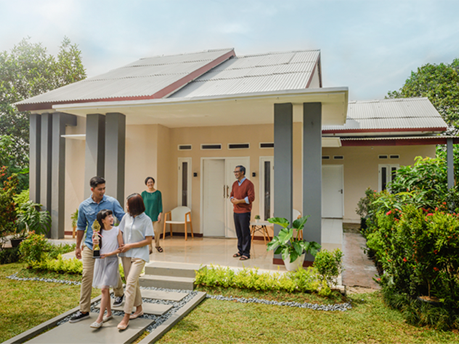
3 Jenis Atap Rumah Terkuat yang Paling Diminati
3 Jenis Atap Rumah Terkuat yang Paling Diminati
Baca Selengkapnya arrow_right_alt
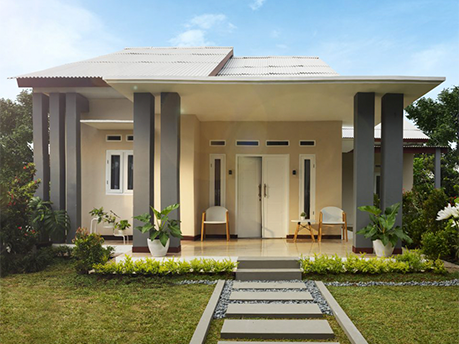
Kenali Ciri Atap Fiber Yang Kuat Untuk Rumah
Kenali Ciri Atap Fiber Yang Kuat Untuk Rumah
Baca Selengkapnya arrow_right_alt
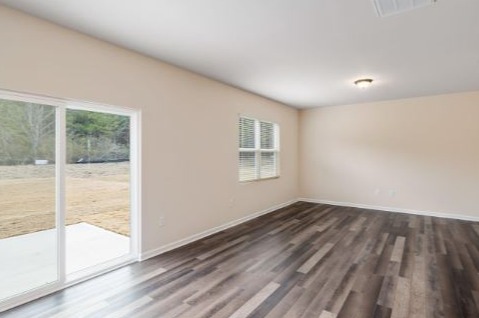
Jenis-Jenis Plafon Rumah yang Wajib Anda Tahu!
Sebelum membeli, kenali dulu setiap jenis plafon rumah agar tidak salah pilih! Berikut penjelasan selengkapnya.
Baca Selengkapnya arrow_right_alt
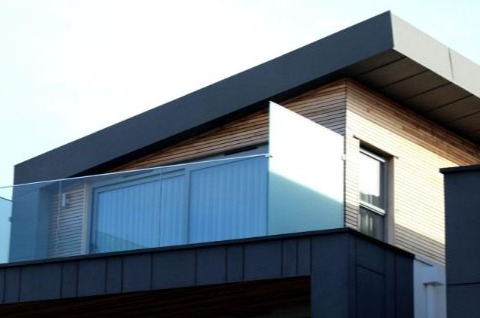
Manfaat dari Plafon Rumah
Apa manfaat plafon rumah? Selain untuk estetika, plafon juga memiliki fungsi lain. Berikut fungsi plafon selengkapnya!
Baca Selengkapnya arrow_right_alt

